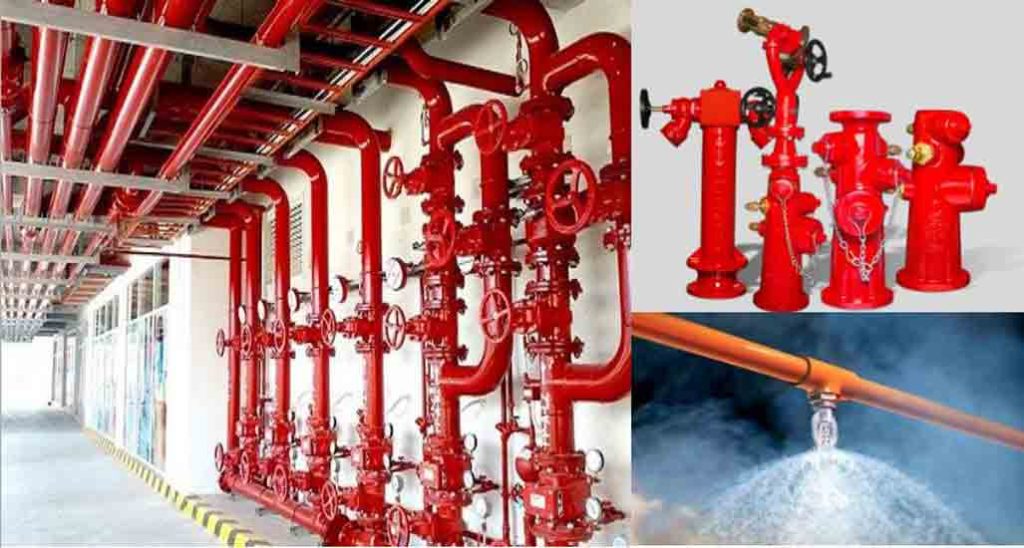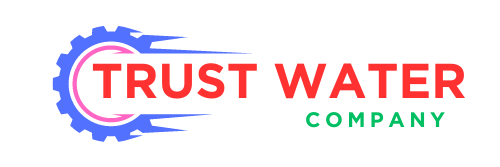Leading Fire Hydrant System Supplier in Bangladesh in 2024
In the dynamic landscape of urban development and industrial growth, fire safety remains a paramount concern. Ensuring robust fire safety infrastructure is crucial, and in Bangladesh, Trust Water Company stands as the most reliable fire hydrant system manufacturer and supplier. As we delve into 2024, let’s explore the intricacies of fire hydrant systems in Bangladesh, the pricing landscape, and the essential components that make up a comprehensive fire safety plan.
Trust Water Company, a leader in fire hydrant system manufacturing and supply in Bangladesh, is here to equip you with the knowledge you need. This comprehensive guide will delve into the intricacies of fire hydrant systems, exploring fire safety regulations, types of systems, maintenance procedures, and the undeniable benefits they offer.

Fire Safety in Bangladesh
Bangladesh, with its burgeoning population and rapid urbanization, faces a heightened risk of fire outbreaks. From congested residential areas to towering commercial complexes, a robust fire safety infrastructure is crucial. Fire hydrant systems play a pivotal role in this framework, offering a dependable source of water for firefighters to extinguish flames and prevent catastrophic damage.
Fire Safety Regulations and Firefighting Equipment
The Bangladesh National Building Code (BNBC) serves as the cornerstone for fire safety regulations in the country. This code outlines specific requirements for fire hydrant installation, water supply for firefighting, and overall fire protection measures in buildings. Familiarizing yourself with the BNBC is essential, especially for those involved in building development or renovation projects.
When it comes to firefighting equipment, fire hydrants are just one piece of the puzzle. Fire sprinklers, for instance, provide an automated layer of fire suppression, while fire alarm systems play a vital role in alerting occupants and emergency responders. A comprehensive fire safety strategy should ideally integrate these various elements to create a holistic shield against fire threats.
Modern Fire Hydrants and Firefighting Services
Modern fire hydrants in Bangladesh are a far cry from their rudimentary predecessors. Today’s systems boast advanced features like easy access for firefighters, improved water flow rates, and durability to withstand harsh weather conditions. These advancements, coupled with well-equipped firefighting services across Dhaka and other major cities in Bangladesh, contribute significantly to a swifter and more effective response to fire emergencies.
Types of Fire Hydrant Systems
Fire hydrant systems come in various configurations, each suited to specific needs and building types. Here’s a breakdown of the two most common types:
- Standpipe and hose systems: These are the most widely used fire hydrant systems. They consist of a network of underground pipes connected to standpipes, which are vertical pipes with hose connections located strategically throughout a building. Firefighters can easily connect hoses to these standpipes to access the water supply for extinguishing flames.
- Dry hydrants: These systems are typically used in areas prone to freezing temperatures. Unlike traditional fire hydrants, dry hydrants don’t contain water in the underground pipes. Instead, a valve allows firefighters to connect a pumper truck hose directly to the water supply, filling the system only during emergencies. This prevents pipes from bursting due to freezing.
Fire Hydrant Maintenance in 2024
Just like any other complex system, fire hydrant maintenance is crucial to ensure their optimal functionality. Regular inspections and testing are essential to identify and address potential issues. Here are some key aspects of fire hydrant maintenance to remember:
- Visual inspection: This involves checking for physical damage, leaks, or blockages in the hydrant and surrounding components.
- Flow testing: This test measures the water flow rate and pressure from the hydrant, ensuring it meets the required standards for firefighting operations.
- Winterization: In areas susceptible to freezing temperatures, proper winterization procedures are necessary to prevent pipes from bursting.
A Holistic Approach to Fire Prevention
While fire hydrant systems provide a vital tool for firefighting, a proactive approach to fire prevention is equally important. Here are some fire prevention strategies to consider:
- Fire safety audits: Regular fire safety audits by qualified professionals can identify potential fire hazards in your building and recommend corrective measures.
- Fire risk assessment: Conducting a fire risk assessment helps you understand the specific fire risks associated with your building and develop a tailored fire safety plan.
- Fire safety training: Equipping occupants with fire safety training empowers them to respond effectively in case of a fire emergency.
